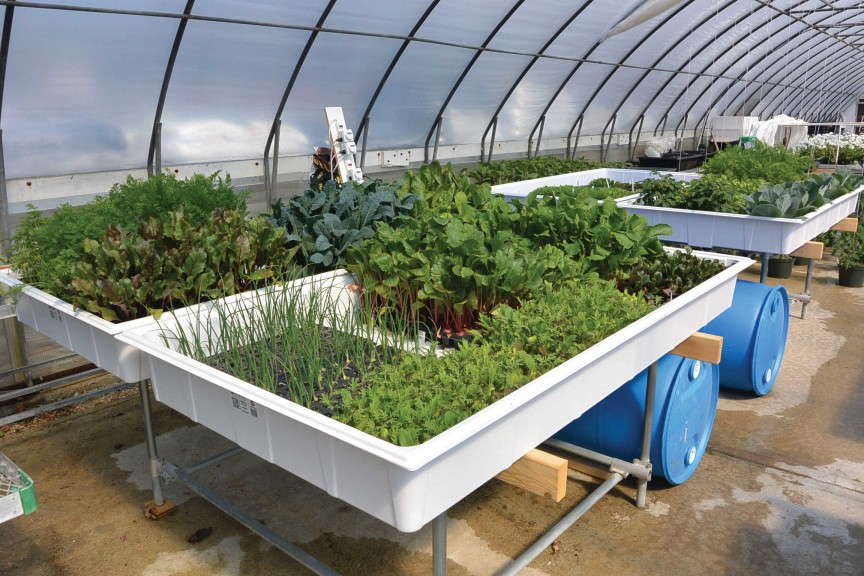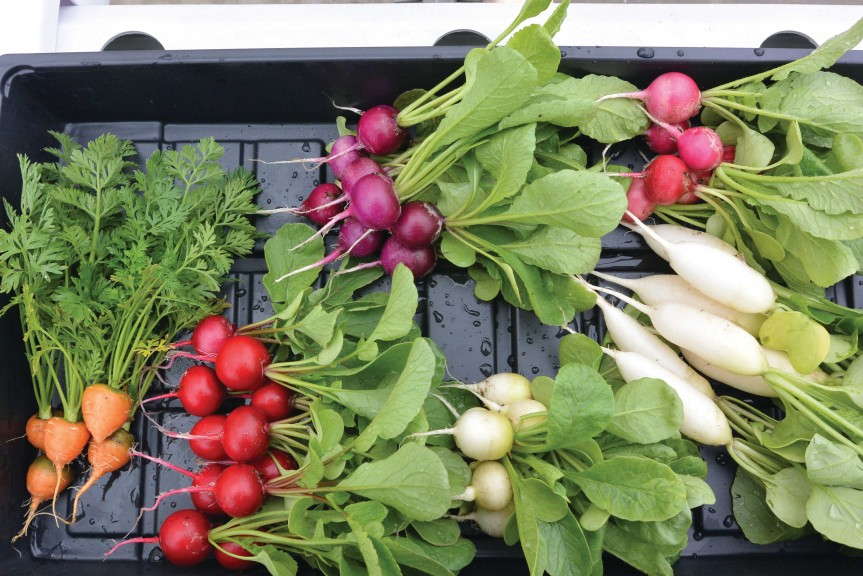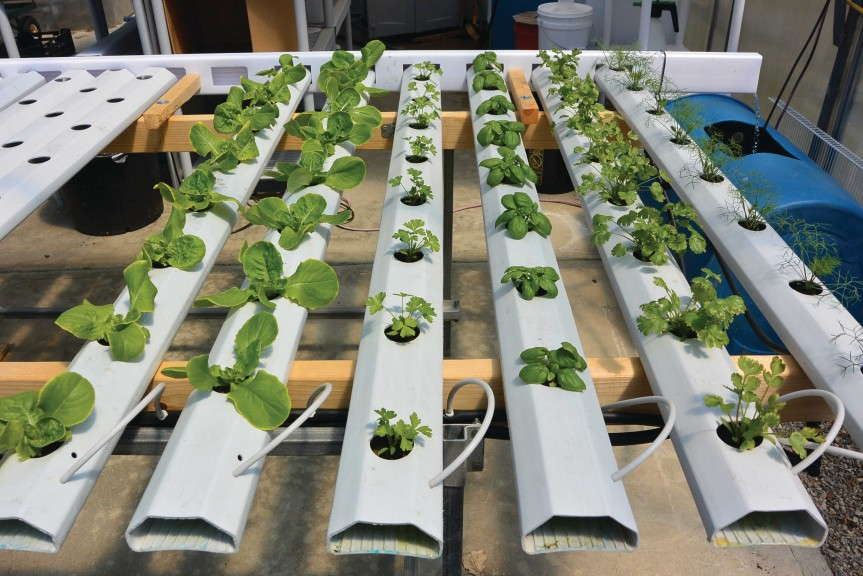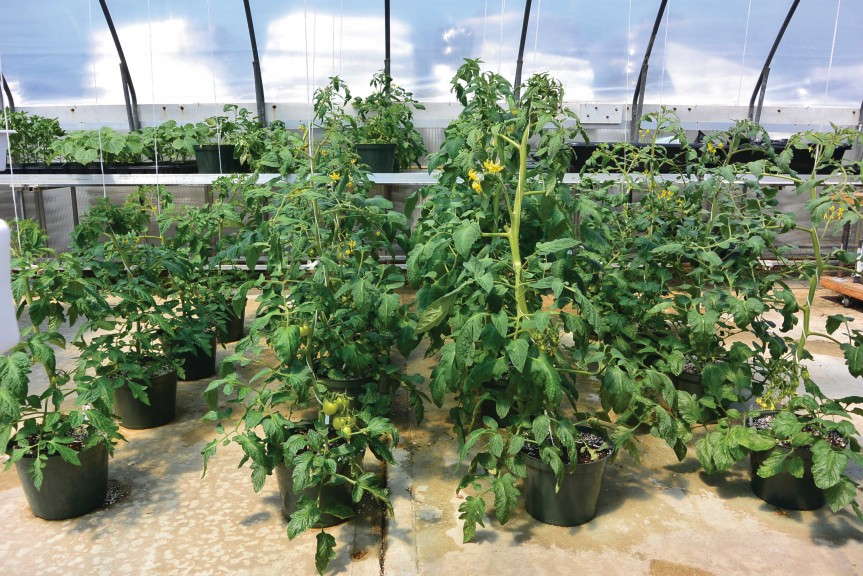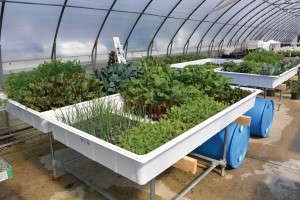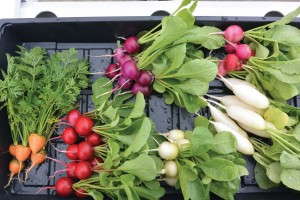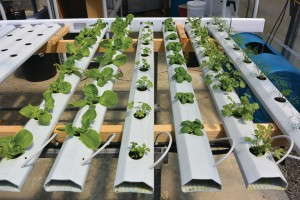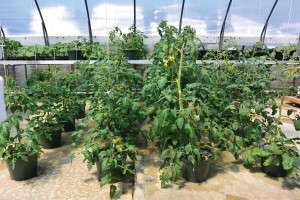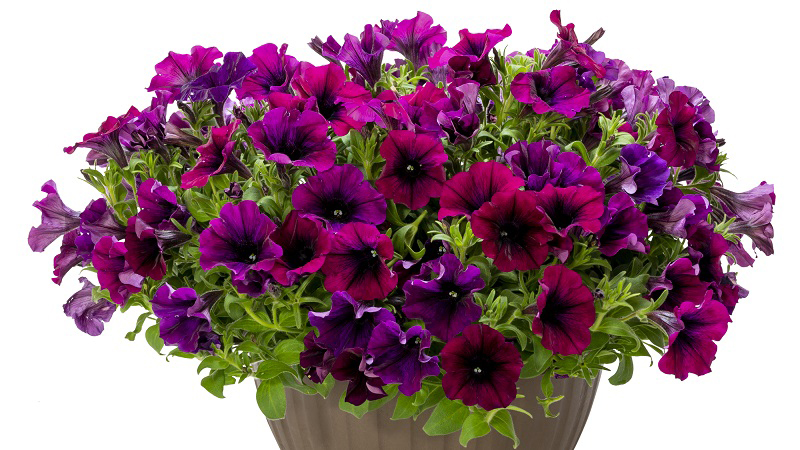Indoor Agriculture Offers Opportunities To Imagine
 In May, I attended the 2nd Annual Indoor Agriculture Conference (Indoor Ag-Con) in Las Vegas, Nevada. A handful of familiar faces were among the 200-plus attendees. For the most part, this was a new group of growers and vendors for me. On one hand, encountering new faces and interests was fresh and exciting; on the other hand, it was also a bit disconcerting.
In May, I attended the 2nd Annual Indoor Agriculture Conference (Indoor Ag-Con) in Las Vegas, Nevada. A handful of familiar faces were among the 200-plus attendees. For the most part, this was a new group of growers and vendors for me. On one hand, encountering new faces and interests was fresh and exciting; on the other hand, it was also a bit disconcerting.
Several facts discussed during the conference make for compelling conversation. One of these is that the current population of our planet, 7 billion, will rise to 9 billion by the year 2050.
As I stared at the graph of world population growth showing a near vertical slope, a numbing reality set in. It’s coming, and we are not producing food efficiently enough to be confident we can feed that many extra mouths.
As the indoor agriculture movement grows, it may surprise greenhouse operators to learn that greenhouse production is considered “indoors.” It wasn’t until after the first few speakers that I tuned in to this; any agricultural production that is not outdoors is by default considered indoors. So the excitement over urban agriculture in warehouses and food production inside south facades of high rise urban buildings should also include growing food in greenhouses.
Who will have a seat at the table as greenhouse-based agriculture gains traction? What I learned at the conference is that this broad definition of indoor agriculture has essentially extended the invitation to us, greenhouse growers traditionally focused on ornamental crops. Now it’s up to us, to join the conversation and own our industry’s responsibility to help push the proverbial boulder up the mountain.
Water For Plants Or People?
Another fact from the conference: the population centers of Las Vegas, Los Angeles and San Diego all draw water from the Colorado River, in addition to its home states of Colorado, Utah and Arizona. California’s Imperial Valley and agricultural interests in each home state all draw water from the river for irrigation. The expression having a dog in the hunt becomes having a pump in the river.
Many agree that traditional, industrial agriculture is neither capable of feeding the world efficiently, nor sustainable in its attempt to do so. Indoor agriculture’s ability to recirculate irrigation water offers immensely more efficient use of this precious resource than its outdoor counterpart.
Is the goal of indoor agriculture to displace industrial agriculture? Simply, no, that’s unrealistic. Who knows what decades of progress will bring, but for now, the objective is to return a less than total yet significant portion of our food production to its consumption points. Grow food closer to where it’s consumed using indoor systems, including greenhouses.
Along the way, supply chains will shorten, freshness will improve, nutrition will rise and people will be healthier. That’s the goal. While flowers and ornamentals still remain an important component of our culture, the need to grow more food is beginning to compete with ornamentals for greenhouse production attention.
Exciting New Greenhouse Hydroponic Vegetables
I have included some photos that illustrate my research greenhouse with newly installed hydroponic systems to serve my From Flowers to Food project. Figure 1 shows my first sowings of radish, carrot, beet, onion, turnip, kale, Swiss chard, pak choi and baby greens. All are being tested in various plug trays with traditional growing media. A portion of the research will focus on identifying optimal plug tray densities, cell depths and volumes, growing media and fertilizers to generate best management practices for a category of crop production designated as root crop plug production.
First harvests began in May with a scientific observation — holy cannoli! How much fun I had growing the different colors and shapes of radishes pictured in Figure 2. I don’t accept that there are limitations to what can be grown. The only limitation is our imagination.
Consider the wide selection of food crop species and their associated cultivars in our seed catalogs. If that’s not enough diversity, I cannot wait for our plant breeders to recognize the indoor hydroponic opportunities and begin breeding specifically for these production systems.
My brain is firing at synapses I didn’t even know existed with thoughts of the shapes, colors, sizes, flavors and nutritional value our breeders will deliver. Imagine how easily production could be tailored to local ethnic preferences. Talk about niche marketing — many opportunities await us.
Goals For Continued Research On Crops And Growing Systems
The project is ready to move on to specific production input research. Research opportunities have been discussed with manufacturers across production input categories and now that systems are online, collaborating partners will identify products and inputs to be included in the project. Future articles in this series will present findings of individual experiments aimed at defining best management practices for growers to access.
The last two pictures show a nutrient film system (NFT) designed for work on head lettuce, herbs and other crops (Figure 3), and a drip tube and leachate section of the greenhouse designed for high-value fruiting crops including tomato, cucumber, pepper and eggplant (Figure 4).
As the research gears up, the story will be built around four categories of crops. First is root crops including radish and others listed earlier. Second is leafy greens and includes head lettuce, herbs and baby greens.
Third is a category designated as petiole crops, which includes items such as celery, kale, Swiss chard and pak choi, crops where the leaf petiole comprises a significant portion of the harvested plant. I think this category is going to work well in high-density ebb-and-flood systems with appropriate cultivar selection. Fourth is high-value fruiting crops such as tomato, cucumber, pepper and eggplant.
[blackoutgallery id=”61060″]





